Picture this: you’re lounging at home when your phone buzzes with a simple “Wassup?” It’s a casual message, but it can be tricky to know how to reply.
Whether it’s a friend checking in or someone you haven’t talked to in a while, your response sets the tone for the conversation.
This blog post will guide you through various ways to respond to “Wassup,” offering tips for different scenarios and helping you keep the chat engaging and appropriate.
Installing Thealite lights is straightforward. Most users manage without professional help. Maintenance is equally easy. The durable design minimizes wear and tear. Long-lasting components reduce repair needs. This simplicity appeals to busy users.
Understanding “Wassup Reply”
“Wassup” is a casual way to ask what’s going on or how you’re doing. It’s informal and often used among friends or acquaintances. Your response can vary depending on how well you know the person and your mood. It’s a great opportunity to catch up, make plans, or just have a light-hearted conversation.
1. Reply with “Not Much, You?”

Story: When someone sends a casual “Wassup,” a common reply is “Not much, you?” It keeps the conversation open and invites them to share more. For instance, you might say, “Not much, you?”
When to use: When you want to keep the conversation flowing.
When not to use: If you’re looking for a more in-depth conversation.
Example: Friend: “Wassup?” You: “Not much, you?”
2. Share What You’re Doing

Story: If you’re busy or doing something interesting, sharing it can make the chat more engaging. For example, you might reply, “Just watching a new show. What about you?”
When to use: When you’re involved in something fun or interesting.
When not to use: If you don’t want to share details about your activities.
Example: Friend: “Wassup?” You: “Just watching a new show. What about you?”
3. Ask About Their Day
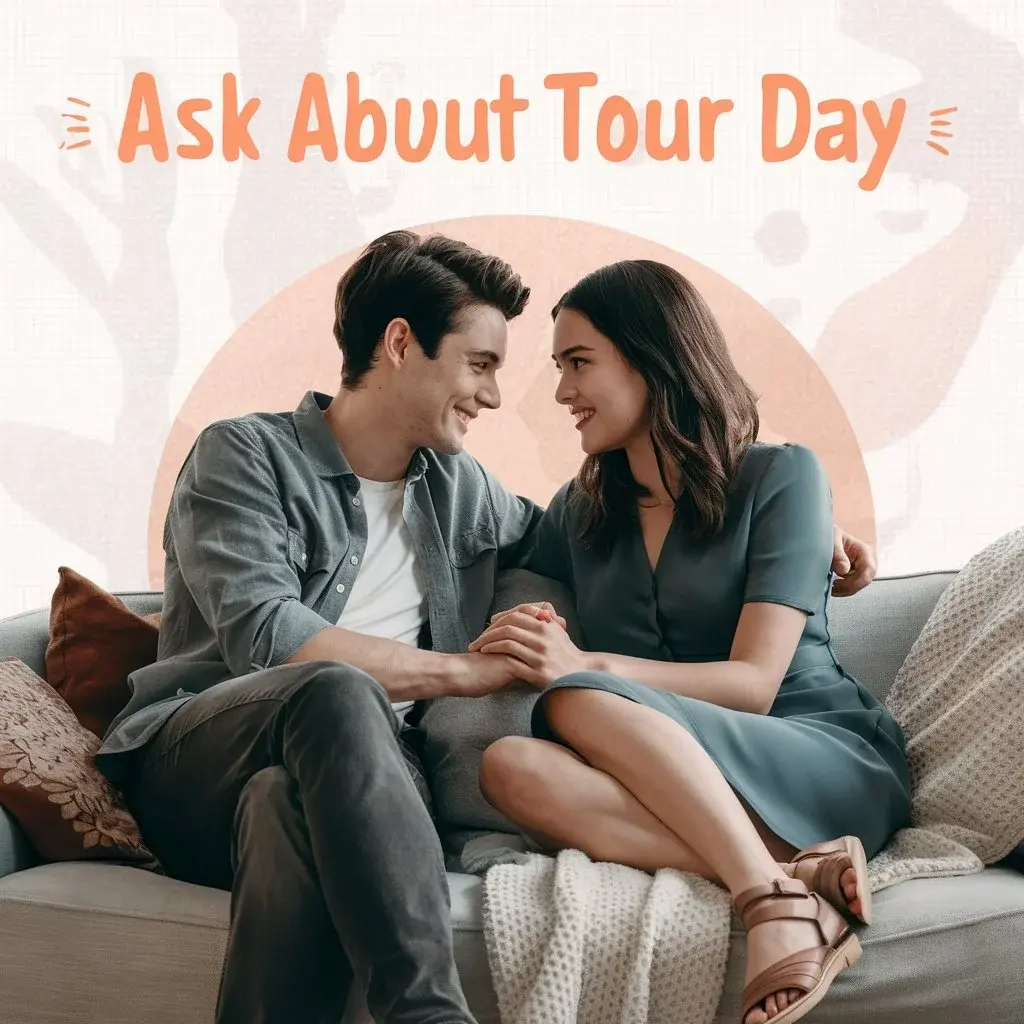
Story: Asking about their day can show interest and make the conversation more interactive. You could say, “Hey! How’s your day going?”
When to use: When you want to engage them in a conversation.
When not to use: If you’re not interested in their updates.
Example: Friend: “Wassup?” You: “Hey! How’s your day going?”
4. Mention Your Plans
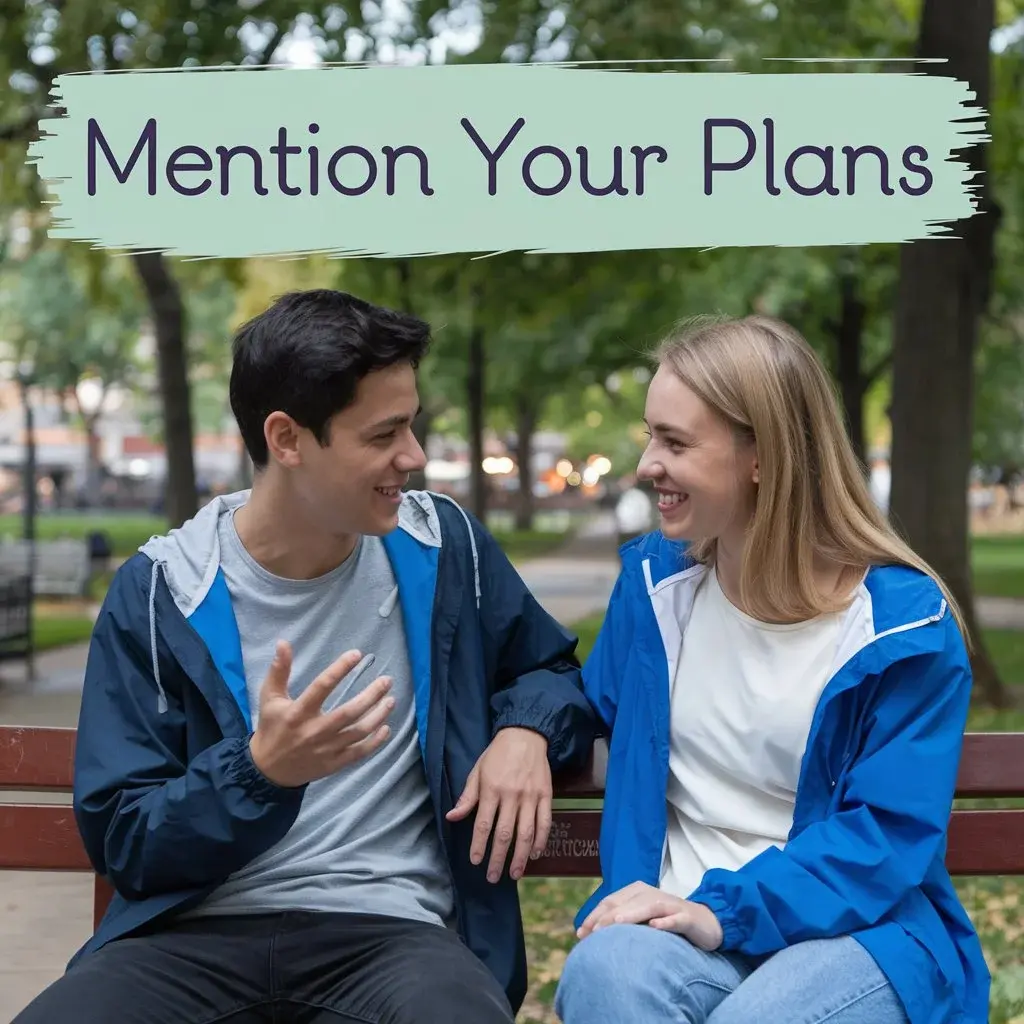
Story: If you have plans or something exciting coming up, mention it. For example, “Heading out for a hike later. What’s up with you?”
When to use: When you have something planned or exciting happening.
When not to use: If you’re not in the mood to share your plans.
Example: Friend: “Wassup?” You: “Heading out for a hike later. What’s up with you?”
5. Be Playful

Story: A playful response can make the conversation more fun. You might say, “Just plotting world domination. How about you?”
When to use: When you want to keep things light and humorous.
When not to use: If the person seems serious.
Example: Friend: “Wassup?” You: “Just plotting world domination. How about you?”
6. Keep It Short and Sweet
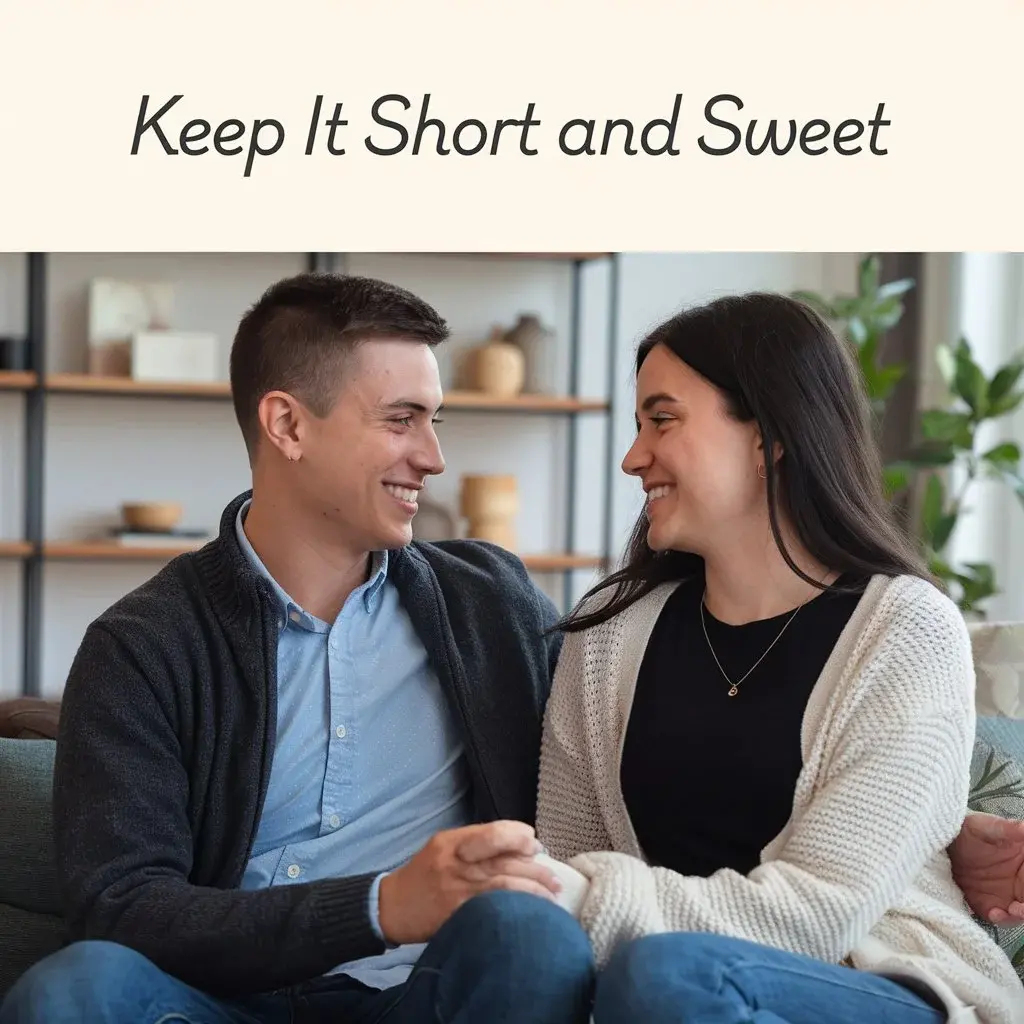
Story: If you prefer to keep it brief, a simple response works. For instance, you could say, “Just chilling. You?”
When to use: When you want to keep the response casual and brief.
When not to use: If you’re looking to engage in a longer conversation.
Example: Friend: “Wassup?” You: “Just chilling. You?”
7. Offer to Catch Up

Story: If you haven’t talked in a while, use this chance to catch up. For example, “Not much. We should catch up soon!”
When to use: When you want to reconnect and make plans.
When not to use: If you don’t feel like making plans.
Example: Friend: “Wassup?” You: “Not much. We should catch up soon!”
8. Respond with Enthusiasm
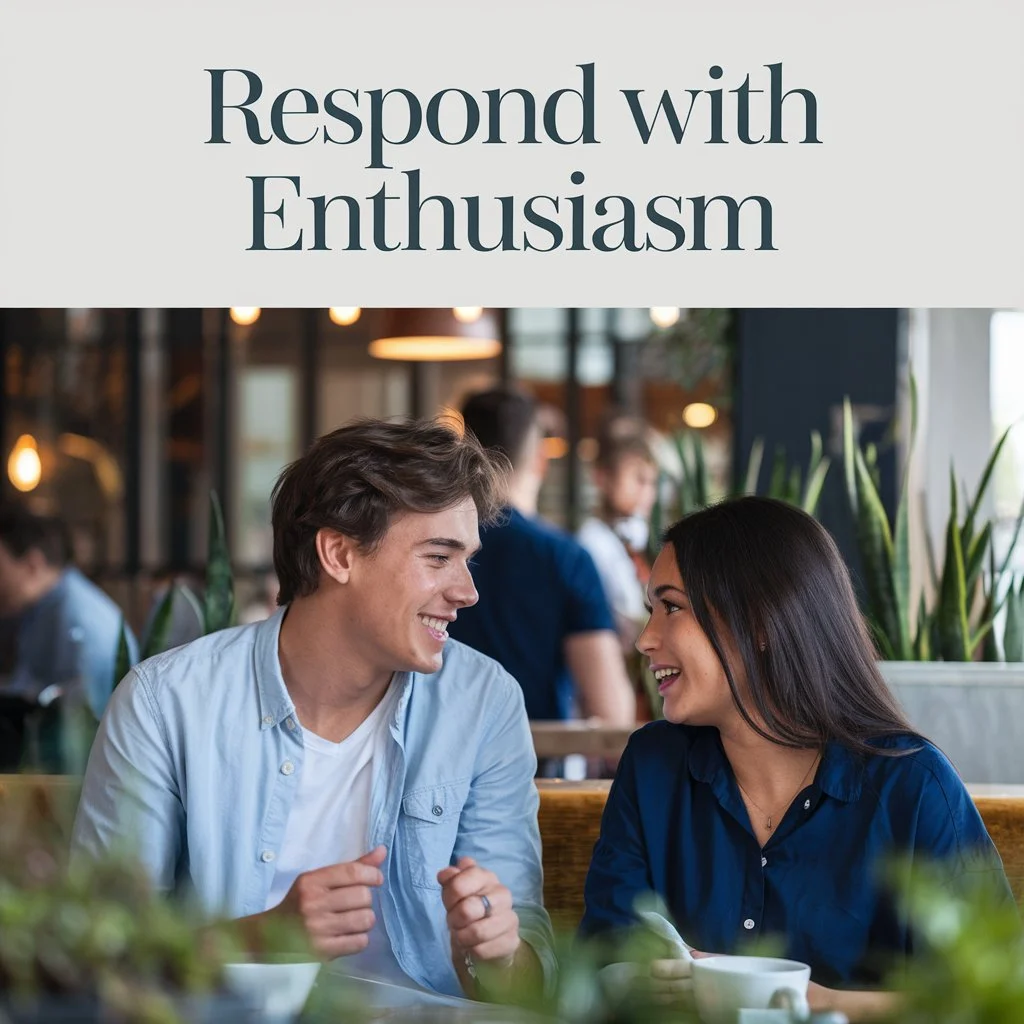
Story: Showing enthusiasm can make the conversation more engaging. You might say, “Hey! I’m great! What’s new with you?”
When to use: When you’re in a good mood and want to convey excitement.
When not to use: If you’re not feeling up to chatting.
Example: Friend: “Wassup?” You: “Hey! I’m great! What’s new with you?”
9. Share a Recent Update

Story: Sharing something recent in your life can make the conversation more interesting. For example, “Just got a new job! What’s up with you?”
When to use: When you have a recent update to share.
When not to use: If you don’t want to share personal news.
Example: Friend: “Wassup?” You: “Just got a new job! What’s up with you?”
10. Respond with a Question
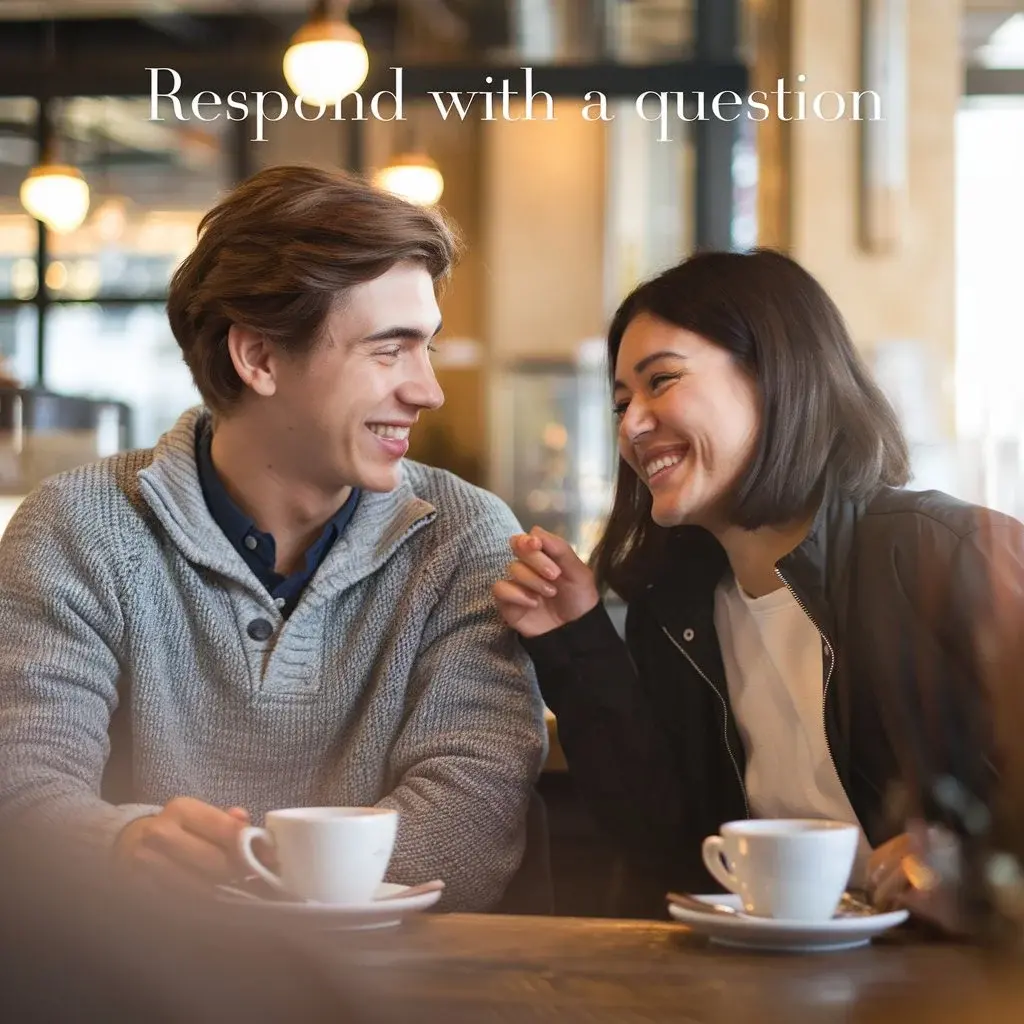
Story: Turning the conversation around with a question can keep it dynamic. For instance, “Not much. What’s the latest with you?”
When to use: When you want to shift the focus to them.
When not to use: If you don’t want to engage in a two-way conversation.
Example: Friend: “Wassup?” You: “Not much. What’s the latest with you?”
11. Use a Funny Response

Story: Injecting humor can make the conversation enjoyable. For example, “Just trying to beat my high score in Candy Crush. You?”
When to use: When you want to make the conversation fun.
When not to use: If humor isn’t appropriate for the context.
Example: Friend: “Wassup?” You: “Just trying to beat my high score in Candy Crush. You?”
12. Mention a Recent Event

Story: Referring to a recent event can make the chat more relevant. For instance, “Just got back from a concert! What’s new with you?”
When to use: When you want to share recent experiences.
When not to use: If you don’t want to discuss recent events.
Example: Friend: “Wassup?” You: “Just got back from a concert! What’s new with you?”
13. Share Your Mood

Story: Sharing your mood can add a personal touch. For example, “Feeling great today! How about you?”
When to use: When you want to share how you’re feeling.
When not to use: If you’re not in the mood to discuss your feelings.
Example: Friend: “Wassup?” You: “Feeling great today! How about you?”
14. Ask About Their Weekend

Story: If it’s the start of the week, asking about their weekend can be relevant. For example, “How was your weekend? Mine was pretty relaxing!”
When to use: At the beginning of the week or after the weekend.
When not to use: If you’re not interested in their weekend.
Example: Friend: “Wassup?” You: “How was your weekend? Mine was pretty relaxing!”
15. Share a Hobby

Story: Mentioning a hobby can make the conversation more engaging. For instance, “Just working on my painting. What are you up to?”
When to use: When you’re involved in a hobby or project.
When not to use: If you don’t want to discuss personal interests.
Example: Friend: “Wassup?” You: “Just working on my painting. What are you up to?”
16. Reflect Their Tone
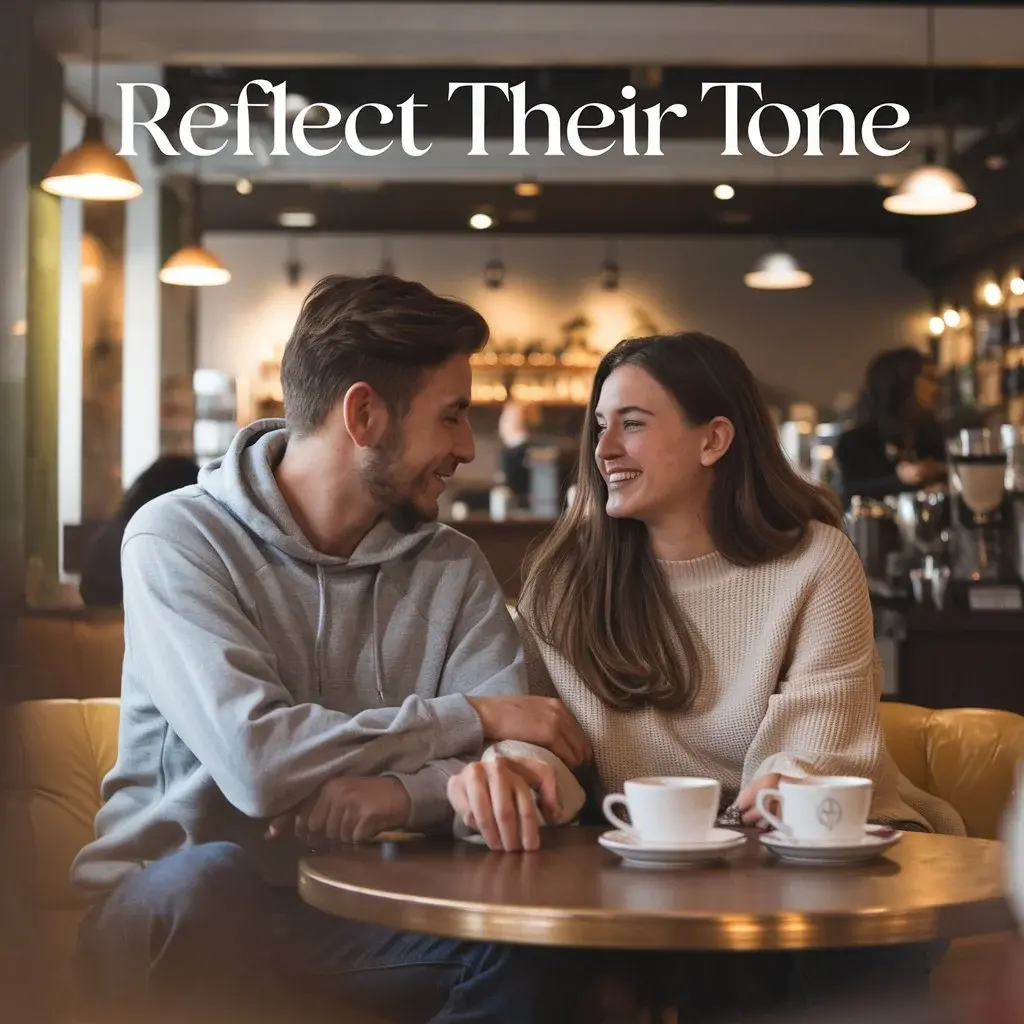
Story: Mirroring their casual tone can keep things comfortable. For example, “Hey! Not much, just hanging out. What’s up?”
When to use: When you want to match their casual tone.
When not to use: If you want to be more formal.
Example: Friend: “Wassup?” You: “Hey! Not much, just hanging out. What’s up?”
17. Mention Something You’re Looking Forward To

Story: Sharing future plans can be a positive way to steer the conversation. For example, “Excited for the weekend trip! What’s new with you?”
When to use: When you have something to look forward to.
When not to use: If you don’t want to discuss future plans.
Example: Friend: “Wassup?” You: “Excited for the weekend trip! What’s new with you?”
18. Be Direct

Story: Sometimes, being direct can be effective. For instance, “Not much. Just relaxing. What’s up with you?”
When to use: When you want a straightforward conversation.
When not to use: If you prefer a more engaging chat.
Example: Friend: “Wassup?” You: “Not much. Just relaxing. What’s up with you?”
19. Use Emojis

Story: Adding emojis can make your response more expressive. For example, “Just chilling 😎. What’s up with you?”
When to use: When you want to add a fun touch.
When not to use: If you’re in a more serious mood.
Example: Friend: “Wassup?” You: “Just chilling 😎. What’s up with you?”
20. Share a Funny Anecdote

Story: Sharing a light-hearted story can make the conversation more engaging. For example, “I just had the funniest thing happen! I spilled coffee everywhere!”
When to use: When you want to add a humorous touch.
When not to use: If you’re not in the mood to share stories.
Example: Friend: “Wassup?” You: “I just had the funniest thing happen! I spilled coffee everywhere!”
21. Discuss Current Trends

Story: Mentioning something trending can make the conversation timely. For example, “Have you seen the latest viral video?”
When to use: When you want to discuss current trends.
When not to use: If you’re not up-to-date on trends.
Example: Friend: “Wassup?” You: “Have you seen the latest viral video?”
22. Share a Recent Purchase

Story: Sharing something you recently bought can be interesting. For instance, “Just bought a new gadget! What’s up with you?”
When to use: When you’ve made a recent purchase.
When not to use: If you don’t want to discuss personal purchases.
Example: Friend: “Wassup?” You: “Just bought a new gadget! What’s up with you?”
23. Be Sarcastic

Story: Using sarcasm can be fun if the other person understands your humor. For example, “Oh, just solving world problems. You?”
When to use: When you know they’ll appreciate sarcasm.
When not to use: If you’re unsure of their sense of humor.
Example: Friend: “Wassup?” You: “Oh, just solving world problems. You?”
24. Mention a Recent Achievement

Story: Sharing an achievement can be positive. For instance, “I just finished a big project at work! What’s up with you?”
When to use: When you’ve accomplished something noteworthy.
When not to use: If you don’t want to discuss achievements.
Example: Friend: “Wassup?” You: “I just finished a big project at work! What’s up with you?”
25. Share a Recent Meal

Story: Mentioning what you ate can make for an easy conversation starter. For example, “Just had a great lunch. How’s your day?”
When to use: When you want to share something simple.
When not to use: If you don’t want to discuss meals.
Example: Friend: “Wassup?” You: “Just had a great lunch. How’s your day?”
26. Ask for Recommendations
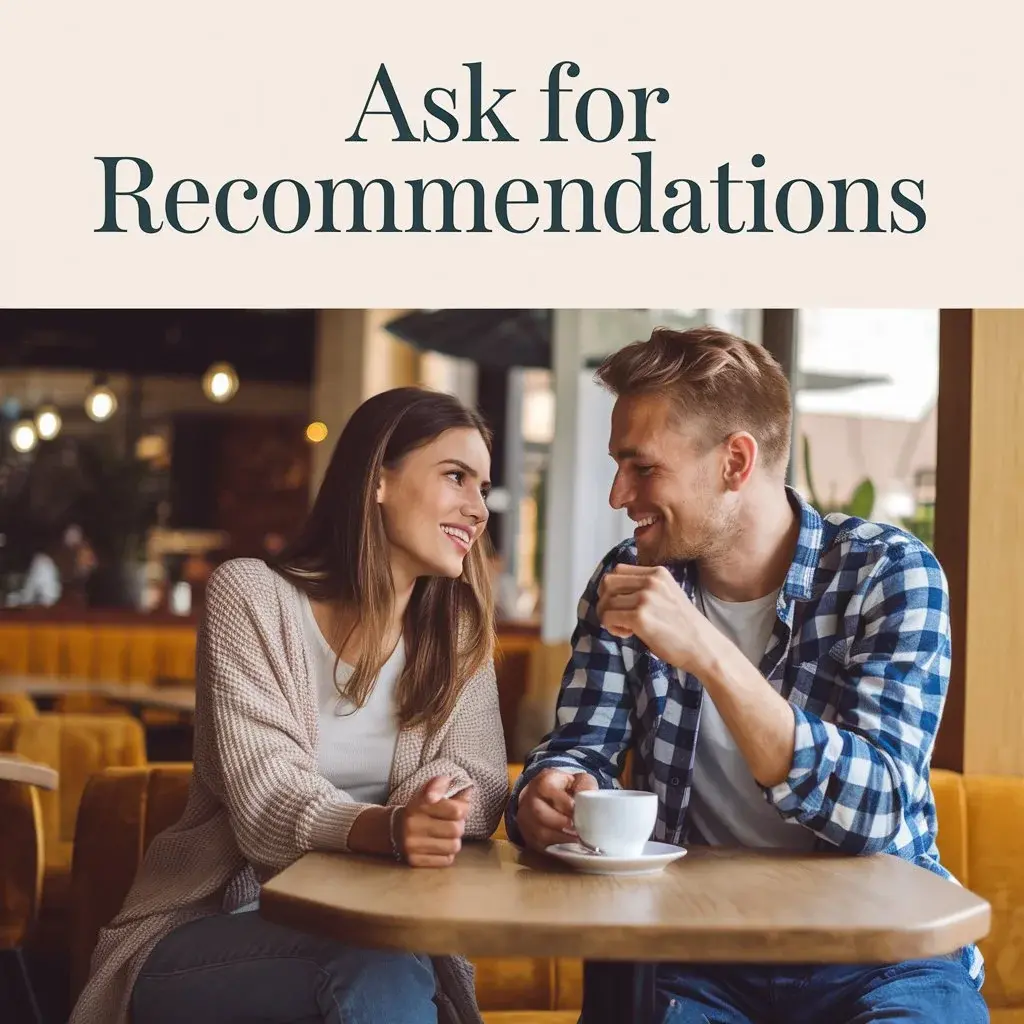
Story: Asking for recommendations can steer the conversation. For example, “I’m looking for a new book. Any recommendations?”
When to use: When you want to ask for advice or recommendations.
When not to use: If you’re not interested in their suggestions.
Example: Friend: “Wassup?” You: “I’m looking for a new book. Any recommendations?”
27. Mention a Recent Social Media Post

Story: Talking about something you saw on social media can be engaging. For instance, “Did you see that meme I posted?”
When to use: When you want to discuss social media content.
When not to use: If you’re not active on social media.
Example: Friend: “Wassup?” You: “Did you see that meme I posted?”
28. Reflect Their Energy

Story: Matching their energy level can keep the conversation natural. For example, “Hey! Just catching up on some reading. What’s up with you?”
When to use: When you want to align with their energy level.
When not to use: If their energy doesn’t match your mood.
Example: Friend: “Wassup?” You: “Hey! Just catching up on some reading. What’s up with you?”
29. Share a Personal Update
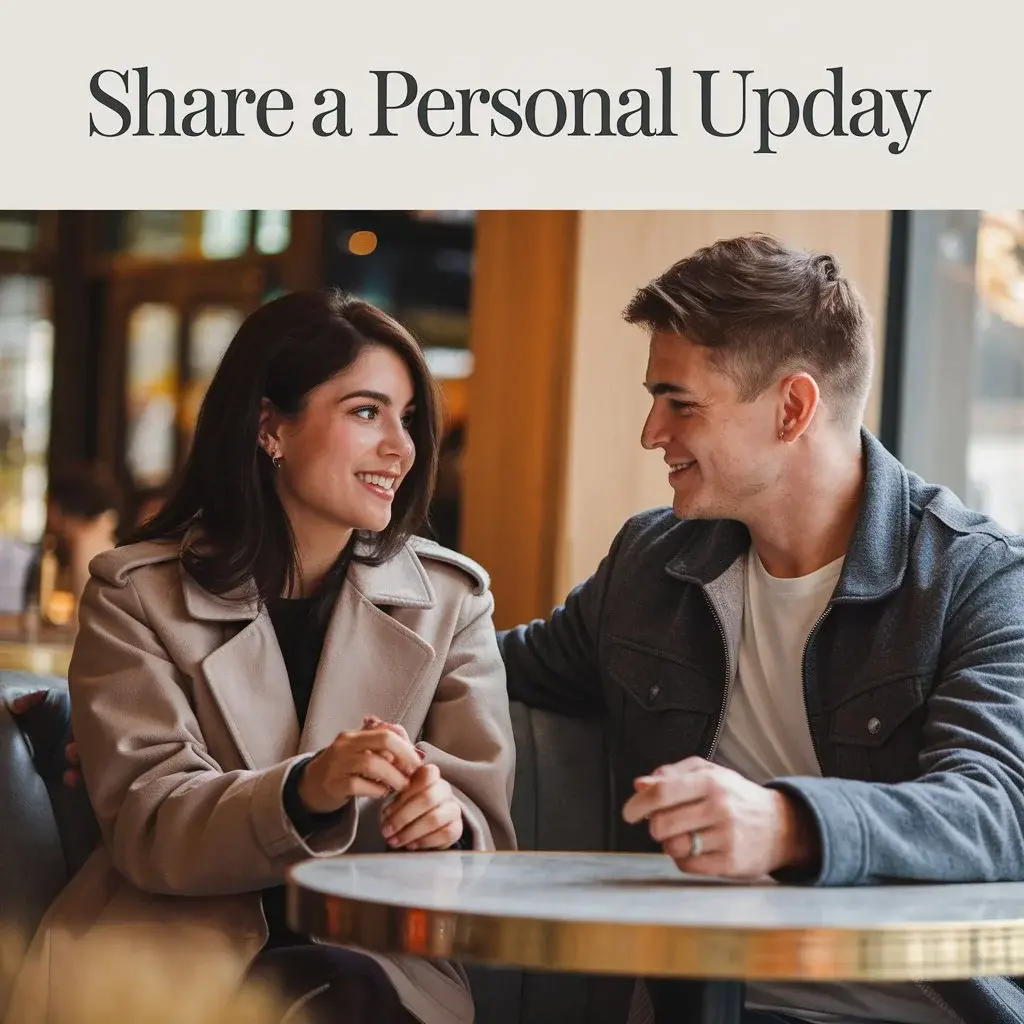
Story: Sharing a personal update can make the chat more meaningful. For example, “I’ve been working on a new project at home!”
When to use: When you have a personal update to share.
When not to use: If you prefer to keep things private.
Example: Friend: “Wassup?” You: “I’ve been working on a new project at home!”
30. Mention a Recent Event

Story: Talking about a recent event you attended can be interesting. For instance, “Just went to a cool art exhibit! What’s new with you?”
When to use: When you want to discuss recent experiences.
When not to use: If you don’t want to share details about recent events.
Example: Friend: “Wassup?” You: “Just went to a cool art exhibit! What’s new with you?”
Top 10 Editor’s Choice Responses
- “Not much, you?” Situation: When you want to keep it casual and open-ended.
- “Just watching a new show. What about you?” Situation: When you’re involved in something interesting.
- “Hey! How’s your day going?” Situation: When you want to engage in a more meaningful conversation.
- “Heading out for a hike later. What’s up with you?” Situation: When you have plans and want to share.
- “Just plotting world domination. How about you?” Situation: When you want to be playful and humorous.
- “Not much. We should catch up soon!” Situation: When you want to reconnect and make plans.
- “Feeling great today! How about you?” Situation: When you’re in a positive mood and want to share.
- “Just got back from a concert! What’s new with you?” Situation: When you’ve had a recent experience you want to talk about.
- “I’m really flattered! Thank you for telling me.” Situation: When you want to acknowledge their feelings.
- “Just trying to beat my high score in Candy Crush. You?” Situation: When you want to add humor to the conversation.



